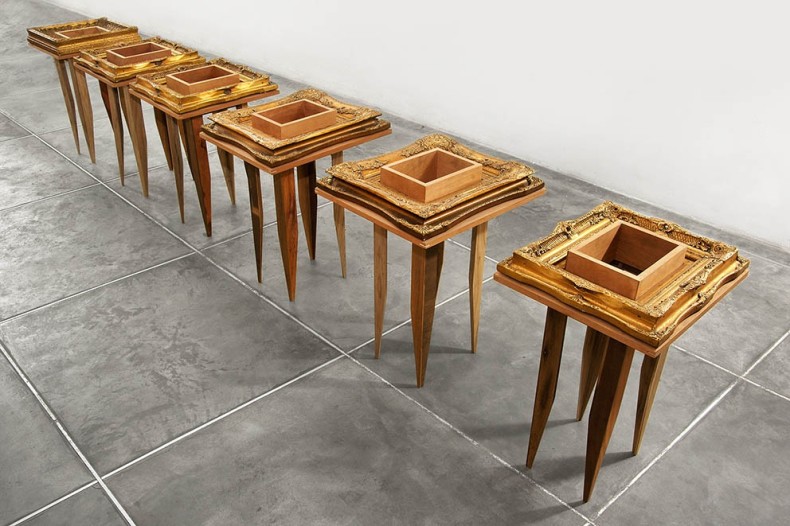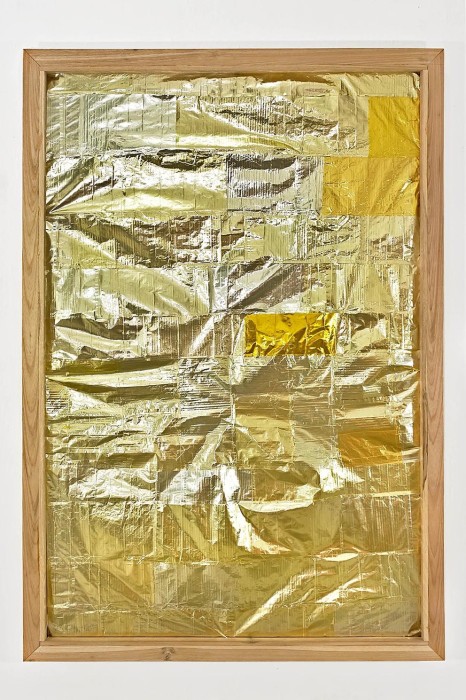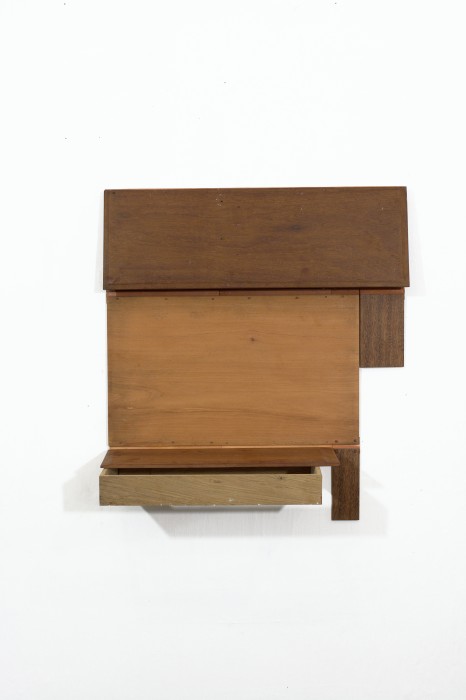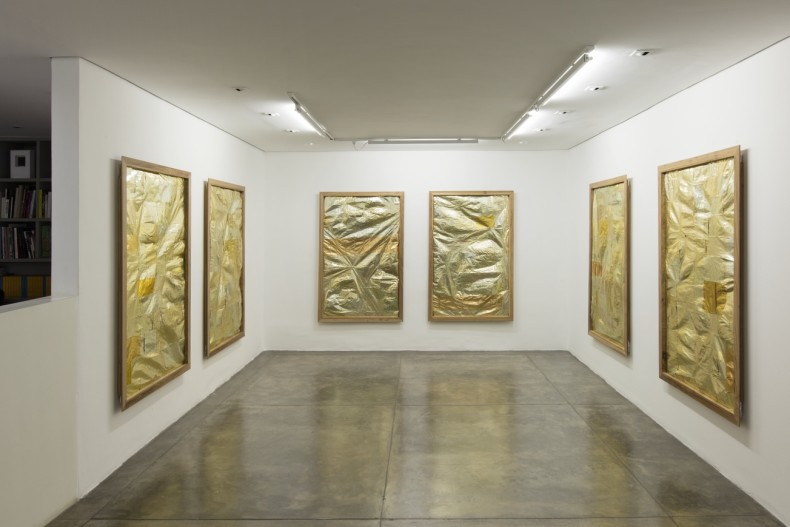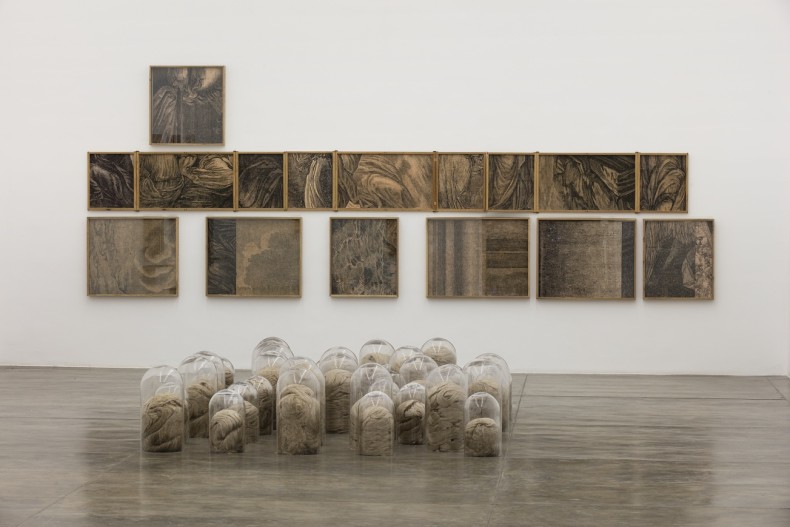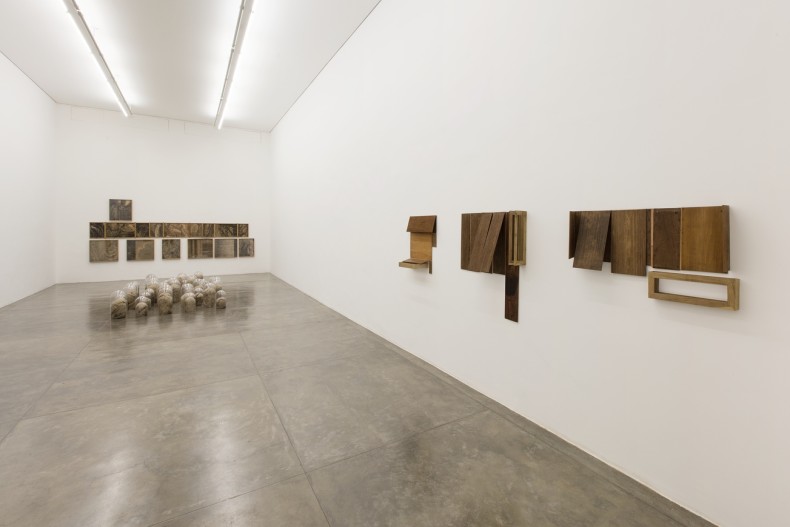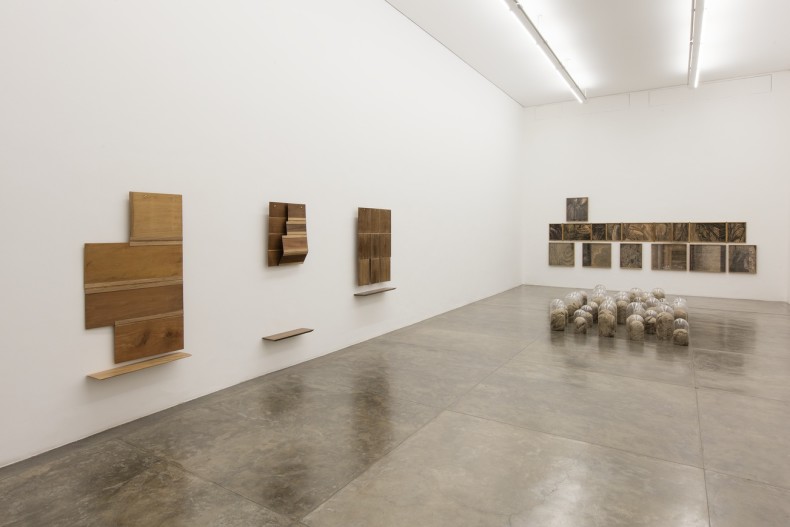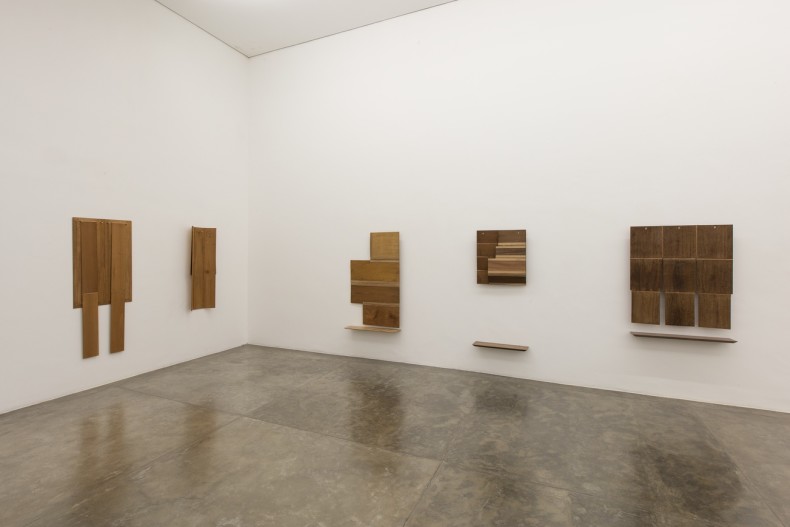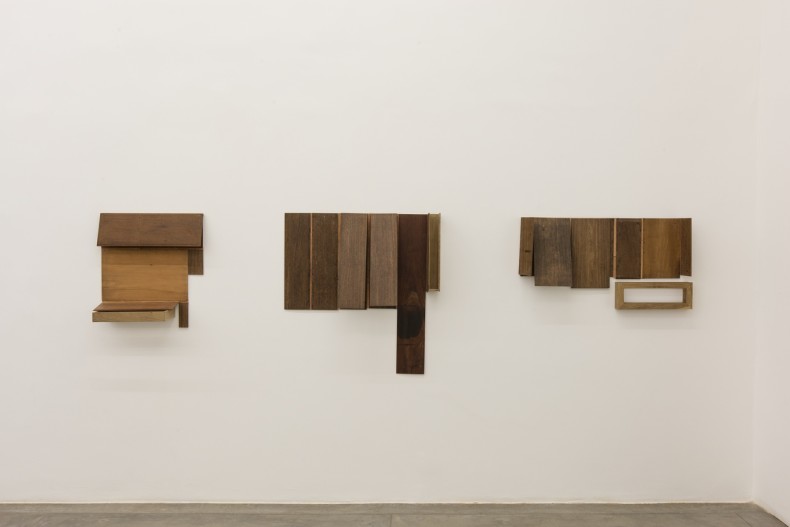Galeria Nara Roesler | São Paulo is pleased to announce “Pontos de Convergência” (Points of Convergence), Marcelo Silveira´s sixth exhibition at the gallery consisting of foldable large wooden sculptures and found object assemblages. The exhibition will be on view from June 15 to August 27. Concurrent to the upcoming exhibition, his installation Censor will be on view at MIS: Museu da Imagem e do Som from June 18 to July 31.
In this show, the artist delves deeper into the language of discarded objects and the range of the artwork to suggest hybrid meanings through different forms of display and play of scale.
Marcelo Silveira is best known for his intricate massed assemblages of quotidian ephemera he finds throughout Recife and accumulates for years on end. An artist, whose practice is intrinsically tied to Pernambuco, his works convey an attention to material, its multiple displays, and a tactility of surface to give voice to the lived experience and cultural manifestations of the rich terrain of the Brazilian Northeast. Associating multiple mediums and processes in a single work, they are constructions that physically expand and retract, bringing about a repositioning of thing-concept as it translates from multiple units of found objects, high-density textured installation, and portably friendly art object.
A central piece is the installation Catecismo (Catechism, 2012/2016), previously shown in his individual exhibition at the Museu de Arte Moderna Aloísio Magalhães (MAMAM) in Recife. Consisting of blown up details of illustrations found in small Catechism books, kept and cherished for five decades by the artist’s mother, the work expands onto the wall, its overall dimensions dependent on the multiple arrangements that the work is free to possess. Once disassembled, Catecismo remains as a pen drive, an archive of electronic images for future compositions and forms of display. A grande tela (The Large Canvas, 2012), another focal piece, are units of bundles of raw linen threads, spooled into glass domes of varying sizes. Arranged onto a wooden table, the object’s materiality creates a sense of opacity and contained excess. Selected pieces also include Molengas (Maleables, 2016), a new series consisting of Cajacatinga wooden plaques that open up and fold, depending on the handling by the viewer; Com fé (2013/2016), two dimensional wooden supports containing hundreds of discarded gold coffee bags the artist reluctantly kept throughout the years; and Trilogia (Trilogy, 2008), a trio of wooden sculptures carved into simple geometric forms, resembling regional festive light ornaments.
“Pontos de Convergência” in many ways, crystallizes Silveira’s overarching process. What initiates as a casual attention to an overlooked object turns into devoted collection and archival amass. After years of accumulation, compression occurs and large assemblages take form only to be later packed and made succinct for the sake of portability. The tension between clutter and economy is circadian to the artist. With an ever-expanding warehouse of accumulated things, the physical reality of objects is a continuous hold on the artist’s mode of production and colors his practice.
Parallel to the gallery’s exhibition, Marcelo Silveira presents his installation Censor (2013/2014) at the MIS – Museu da Imagem e do Som. According to Christina Huggins, Censor is composed of polychromatic film posters in dyed wood frames and magenta-colored acrylic sheets with partial and full cut-outs, the piece contains posters of films which have been censored by the Public Entertainment Censorship Service during the Military Dictatorship in Brazil (1964-1985). Through the implementation of the Institutional Act 5 (AI-5) in 1968, it is estimated that roughly 500 films, 450 theater plays, 200 books and over 500 songs were censored in Brazil. Through Censor Silveira invokes the legacies of an authoritarian political regime and reminds the public of the perils that follow stifling policies that permit censorship and confiscatory actions against artists and cultural agents.
